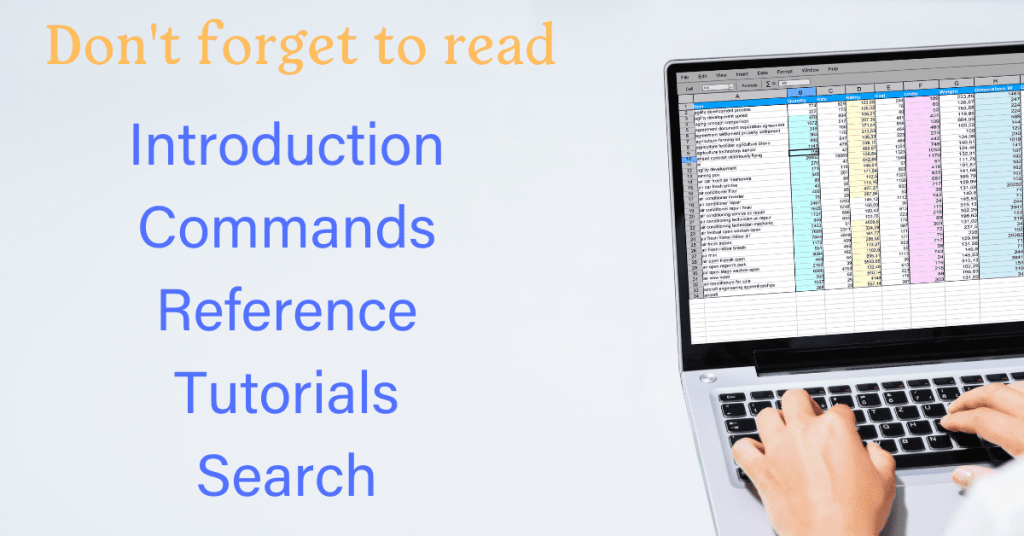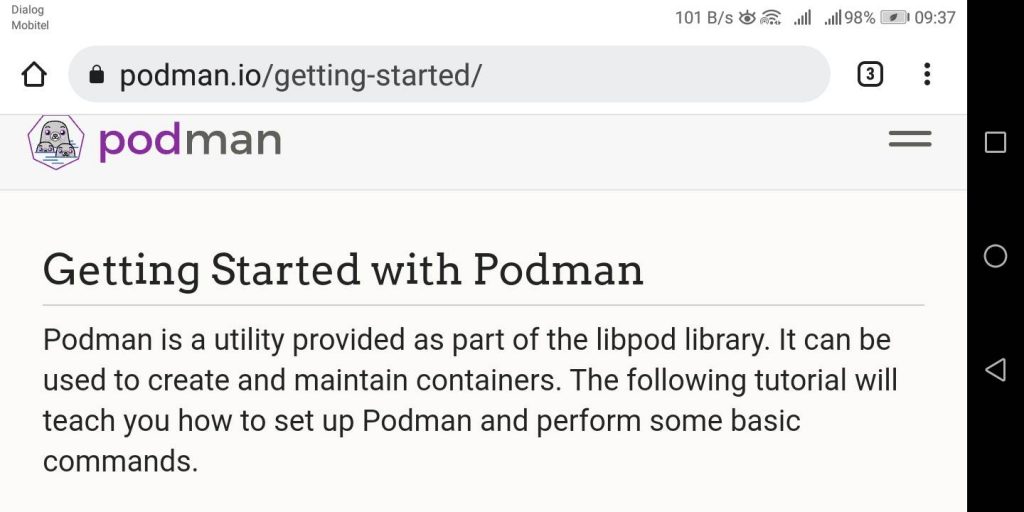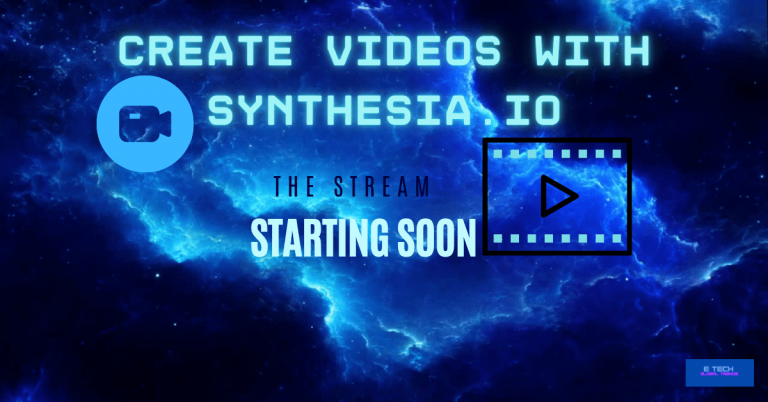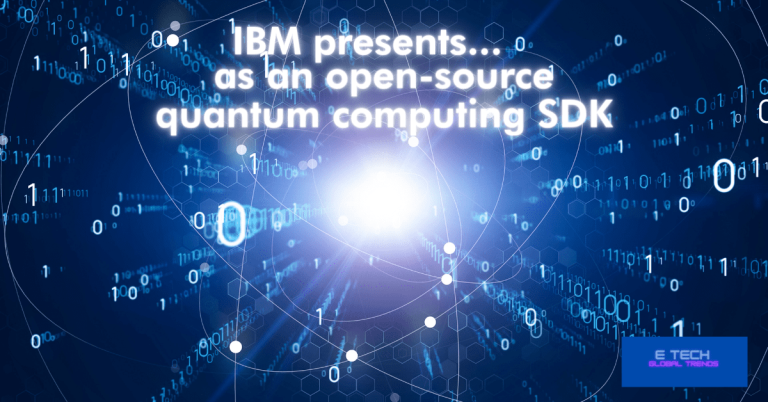Podman
The word comes in short for “pod manager”.Podman is an application for managing containers. don’t worry we are going to simplify as much as we can. Containers mean packages of application code bundles, it works with dependencies. this is a daemonless container engine use for development. as well as management. and possible for running containers on operating systems. like Linux. but luckily though it is directly available on Linux, the developer allows remote clients to connect this App. to function on macOS and Windows.
Podman is part of the Kubernetes tools meta trend. Kubernetes dominates containerizing application management. it expects that 76% of enterprises are going to standardize on Kubernetes in 2022. this is a wonderful forecast no?
What is Podman?
Without much coding. it’s not much difficult to work with. daemonless and open-source platform. support;
- Easy to find
- Running build
- Sharing
- Deploy applications
- Open Containers Initiative (OCI) Containers
- And Container Images.
The application provides a command-line interface (CLI).easy to understand. Docker Container Engine. Most users can simply alias Docker to Podman alias docker is very close to Podman easily. other platforms like Container Engines Docker, CRI-O. Podman relies on an OCI-compliant Container Runtime. work with the operating system and create the running containers. this is to create Podman. without any mismatches with other container engines.
Therefore, it’s no need to catch all functions. the application supports you to handle easily. this is a brief show-up to get in.
We are going to tell you important facts. let’s see carefully, why there are some slightly different things.

How to start? installation
It’s easy to start from here.

If you choose RedHat Linux, Podman’s in the extras repository. Use subscription-manager to add the repository. You’ll then be able to use yum it to install Podman. a little bit of coding is there. but it’s not too hard.
su - subscription-manager repos --enable rhel-7-server-extras-beta-rpms yum -y install podman
How to manage “Containers”?
If you are fresh to Containers, we advise you to check out the Introduction. For power users or those coming from Docker, check out our Tutorials. For advanced users and contributors, you can get more details about the Podman CLI by looking at our Commands page.
in addition, for Developers looking at how to interact with the Podman API, please see our API documentation Reference.
What is better? Podman or Docker?
Similarly, This is actually important. because some are already working with Docker. at the same time, they are looking for more easy ones too. luckily Podman allows some commands like Docker.
It is similar to Docker. Podman has some features. the significant thing is its architecture.
Podman is daemon-less—.so there’s no long-time process for managing your containers.
What if you run a podman command, you’re involved directly with the process. therefore that’s starting your containers. as well as fetching images. unlike Docker’s CLI is dependent on a connection to the Docker daemon. then CLI sends commands to the daemon. after that daemon reacts to create containers.
| Comparison | Docker | Podman |
| security | good | better |
| support functions | less support | better for managing multiple containers |
What are some drawbacks of using Docker?
The argument is that the SEMANTIC JUMP that everyone takes when discussing Docker because they can’t rapidly comprehend “what docker is” is the BIGGEST drawback. As a result, containers are viewed or considered to be virtual machines (VMs). Populist tech blogs and magazines with titles like “Containers are the new VMs” only serve to worsen this.
But, however, Docker is a “process specification format” and a “packing format.” We use it to run executable files and perhaps some dynamically linked shared libraries 5 years ago. To avoid sharing them and DLL-hell, several apps decided to utilize their own private versions of DLLs. Some people launch their apps, for instance,
- Ansible,
- Chef, or
- Puppet.
Docker is a runtime and format that enables you to declare how to package your program, subsequently, execute it, and define what is necessary for it to function.
The matter of security
Processes serve as “containers” in Docker. You may now choose to secure them or not. However, it is crucial to ALWAYS grasp what they are—processes—semantically! On a *nix machine, running “fork()” in C code produces results that are either beneficial or harmful for Docker containers.
Docker won’t give your app the security, scalability, or other features you’re lacking. So, this won’t provide you with a technological advance that wasn’t already possible. Docker will make utilizing such technologies simpler for you, but first, you must comprehend how they work and why.
The Docker was trying to…
In the operations realm, where developers deploy dozens of times per day to possibly thousands of servers with resource constraints, network regulations, etc., almost every tool they’ve tried in the industry has failed us. Docker provided a means for us to specify the operation of our processes.
In other words, Docker is a very effective operational tool. Running processes with limited access to resources, strong network security, and other restrictions are made simpler by Docker. They are processes, though!
What is this drawback here?
the drawback of treating a container as a virtual machine or even a simple procedure.
Therefore, When our industry switched to the cloud, we experienced this. Compared to real machines, virtual machines may be restarted, reset, replicated, or cloned FAR simpler. A decent starting abstraction is that a virtual machine is exactly like a real machine, but there is a drawback to it. If you frequently boot up a bare-bones system and then alter it by hand, attempting to upgrade the guest OS, apply patches, try to maintain high uptimes manually, etc., you’re at a disadvantage by considering a VM as a physical machine in all of these situations. It isn’t!
This clarification about Docker
To clarify, Like Perforce, CVS, SVN, and Git. Do not mean that, please. It isn’t. There is also no sluggish development. Not like CVS on steroids, really. This abstraction is completely different. I’ve witnessed folks burst in the early days of git adoption when they realized they couldn’t simply roll back an individual file to yesterday! How difficult is it! Why should they comprehend this commit thing?
Meanwhile, Docker is also an alternative abstraction and style of thinking. one that includes a certain type of strength and aptitude. certainly, Avoid adding a frontend, a cron job, a logging daemon, and other background services within a container. Use Swarm, K8S, or Mesos to link up separate services. Despite the impending checkpoint-and-restore, avoid thinking about containers as “saved” or “restored.” Avoid performing snapshots the same way you do VMs. Do not be scared to spin up and clean up lots of containers because they are inexpensive.
conclusion
To sum up, the largest drawback is the tendency to see Docker “as something else. as you now know this story brings you to argue the docker task. information on Docker insights. At the same time, you can wait for new updates.
Read next;
If you read some similar topics like Discord Bot Studio & Carl bot, this is the place.







